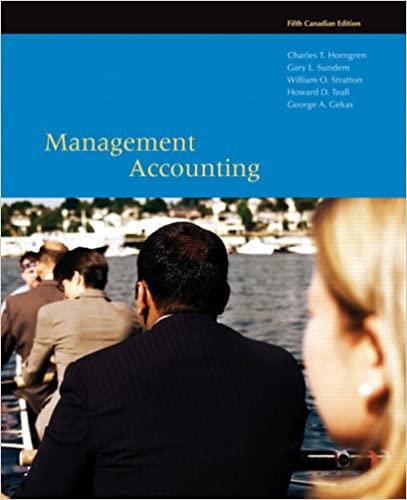The current spot price of a stock is $100 per share, and the risk-free rate is 5%. The stock pays no dividends and costs nothing to store. The forward price is $105. Each period the stock price either doubles (u=2) or halves (d=1/u=0.5) (corrected) Consider a long call position with a strike of $110. If the price increases (S0=$100,S1=$200), then the call pays off ninety dollars (CU=$90). If the price decreases (S0=$100,S1=$50), then the call pays off zero (CD=$0). 8. Draw the tree for the call for a single time period. 9. Confirm these are the equations to replicate the payoff. Solve for the number of shares () and the number of bonds (B) to replicate the payoff. $90=$200+B$1.05$0=$50+B$1.05 = (this will be a fraction) B= (this will be a negative number) Determine the cost of the replicating portfolio. This is the premium of the option. Callpremium=$100+B$1= (must be a positive dollar amount) 10. Use the call premium you calculated for question 9 to determine the "risk-neutral probability (q) "by solving the following equation. (1+5%)q$90+(1q)$0=Callpremiumfromquestion9 q= (mist be a probability between 0 and 1) The current spot price of a stock is $100 per share, and the risk-free rate is 5%. The stock pays no dividends and costs nothing to store. The forward price is $105. Each period the stock price either doubles (u=2) or halves (d=1/u=0.5) (corrected) Consider a long call position with a strike of $110. If the price increases (S0=$100,S1=$200), then the call pays off ninety dollars (CU=$90). If the price decreases (S0=$100,S1=$50), then the call pays off zero (CD=$0). 8. Draw the tree for the call for a single time period. 9. Confirm these are the equations to replicate the payoff. Solve for the number of shares () and the number of bonds (B) to replicate the payoff. $90=$200+B$1.05$0=$50+B$1.05 = (this will be a fraction) B= (this will be a negative number) Determine the cost of the replicating portfolio. This is the premium of the option. Callpremium=$100+B$1= (must be a positive dollar amount) 10. Use the call premium you calculated for question 9 to determine the "risk-neutral probability (q) "by solving the following equation. (1+5%)q$90+(1q)$0=Callpremiumfromquestion9 q= (mist be a probability between 0 and 1)







